SaaS and open source: two models that first seem to be at odds with each other, which nevertheless have a lot to do together. However, in order for this duo to work, a few rules must be respected. Decrypting.
SaaS and open source: incompatible philosophies?
If open source is a technology rather designed for users with proven technical skills because of the free access to the code, SaaS advocates more the “ready to use“, with its ability to adapt to any IT infrastructure.
By offering free access to the source code of the software, allowing everyone to enrich it, open source is based on the principle that anyone can install it on their own systems.
Different, but certainly not incompatible, combining both philosophies can have real added value for SMB IT departments.
Indeed, more and more IT players who made a name for themselves through open source are now monetizing their products via SaaS offers.
Guarantees related to hosting

To ensure that your (future) open source software in SaaS is a good investment, you should check the guarantees related to its hosting.
SaaS is attractive because of the benefits associated with hosting: no hardware constraints due to physical installations and no initial acquisition cost (subscription cost only). Backups, updates and data storage are managed by the editor or a provider without additional cost
Therefore, it is better to check the guarantees offered by the editor regarding the hosting. The latter must assure you a total protection of your data. Hosting in Europe by a company governed by European law is preferable to protect yourself from international laws such as the Cloud Act, for example. You should also be interested in the robustness of the virtual infrastructure instances used, the redundancies put in place and the existence of a disaster recovery plan.
Reversibility
Reversibility is one of the fundamental principles of open source. The combination of open source and SaaS should not compromise it. It must guarantee that you can recover all your data and customizations at any time.
Both SaaS and open source models offer a non-binding service. The combination of both worlds must therefore remain consistent with this philosophy. Your open source SaaS solution must allow you to step back when the need arises; whether it’s simply a matter of changing your data structures, switching hosting modes or replacing the tool completely. This way, you always have full control over your data and access to your customizations.
This way, you always keep full control of your data and access to your customizations. And you have total freedom and the right to make mistakes, inherent to the principles of open source.
Costs transparency

Another common point between SaaS and open source: cost control. Indeed, most SMEs turn to these models for financial reasons.
Open source in SaaS mode generally offers free software at the beginning, then the possibility to purchase a subscription. Free versions have enough features to cover basic needs. Beware of pricing practices: prices should be clear, without ambiguity or hidden costs. Tools that charge by the time of use are becoming more and more common and result in random invoices!
Speed of handling
The combination of SaaS and open source leverages rapid deployment and handling.
Although open source is historically appreciated by experienced technicians, SaaS mode gives it a new ease of access. Indeed, open source software in SaaS sounds the death knell of time-consuming and/or tedious installations, self-compilations and system resources self-management. It is accessible via the Cloud.
The benefits: quick implementation, simple and intuitive settings, possibility to adapt existing functionalities… At least if you choose modern and successful ITSM software. If you realize that the product you are testing is cumbersome or complicated to use, get out!
SaaS combined with open source should provide both ease of use via the Cloud and shared code in full transparency. A must for a quick start in SMB IT teams!
Support
 The community is a strong component of open source. The editor, a key partner of SaaS offers. These two types of actors provide support to users, at different levels. An open source SaaS offer will be relevant if and only if its support is provided at both levels.
The community is a strong component of open source. The editor, a key partner of SaaS offers. These two types of actors provide support to users, at different levels. An open source SaaS offer will be relevant if and only if its support is provided at both levels.
SaaS and Open Source are not a synonym for lack of support. On the contrary! Offering a SaaS mode obliges the editor to ensure an efficient support. Make sure that the one you choose embraces a philosophy that offers quality assistance and support when needed. Since your IT department is rather small, you may need some ” support ” to deploy, customize or administrate your IT management solution.
A project? A request for information? Let’s talk about it


